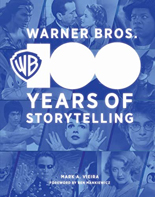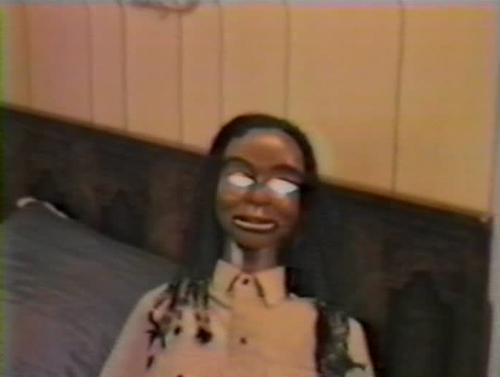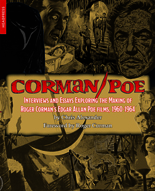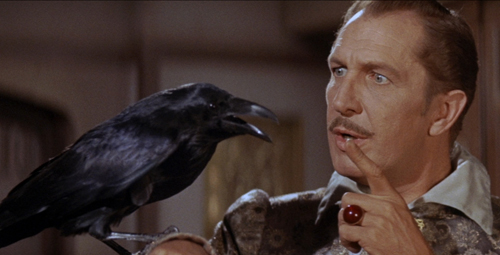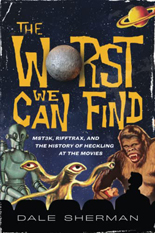
Thanks to the recent resurgence of “folk horror,” one of Nigel Kneale’s more underappreciated works of British television, the single-season anthology series Beasts, finally has earned the attention and reputation it didn’t quite get in 1976. Case in point: Andrew Screen’s first book, The Book of Beasts: Folklore, Popular Culture and Nigel Kneale’s ATV Horror Series.
Published by Headpress, which already has a Kneale biography in print, the weighty tome embraces — and achieves — its mission to be the definitive text on the show. The only way it could surpass that would be inclusion of Beasts’ episodes themselves, whether through disc or download. As the song goes, you can’t always get you want.
But if you try sometimes, you just might find you get what you need. It certainly made my day of airport layovers and flight delays easier. If you’ve enjoyed Beasts, this book is just that. If you have yet to see it, I wouldn’t recommend reading until you do, because, c’mon, spoilers. (The ending of “The Baby” alone will thank you.) Luckily, it’s readily available.
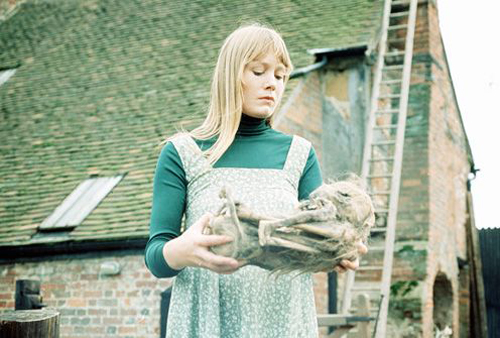
For all six episodes (and “Murrain,” a 1975 one-off rightly considered to be an unofficial precursor), Screen doesn’t just dig; he excavates. Reading each chapter is like getting a DVD commentary so detailed — on-set information, post-airing reaction, every moment broadcast and each evolution from Kneale’s original script — it runs over the allotted time. For example, for “Special Offer,” a standout hour in which only a mousy grocery employee can see the mischievous critter she blames for items literally flying off shelves, Screen gives further context by exploring other telekinesis-themed works (yes, Carrie) and real-life reports of poltergeist activity of the time.
Going above and beyond, the author includes information on what viewers might have seen if Beasts had been granted a second season. Not a ton exists — in some instances, an episode title is all Kneale wrote — but where else would you find it?
Kneale’s name never will go unassociated with his most famous creation, the Quatermass franchise. But the celebrated screenwriter left behind such a remarkable body of work, other items not named The Stone Tape or The Year of the Sex Olympics deserve top-of-mind consideration, too. The Book of Beasts goes a long way to push a certain animal-themed series there — invisible dolphins, rat attacks and all. —Rod Lott


